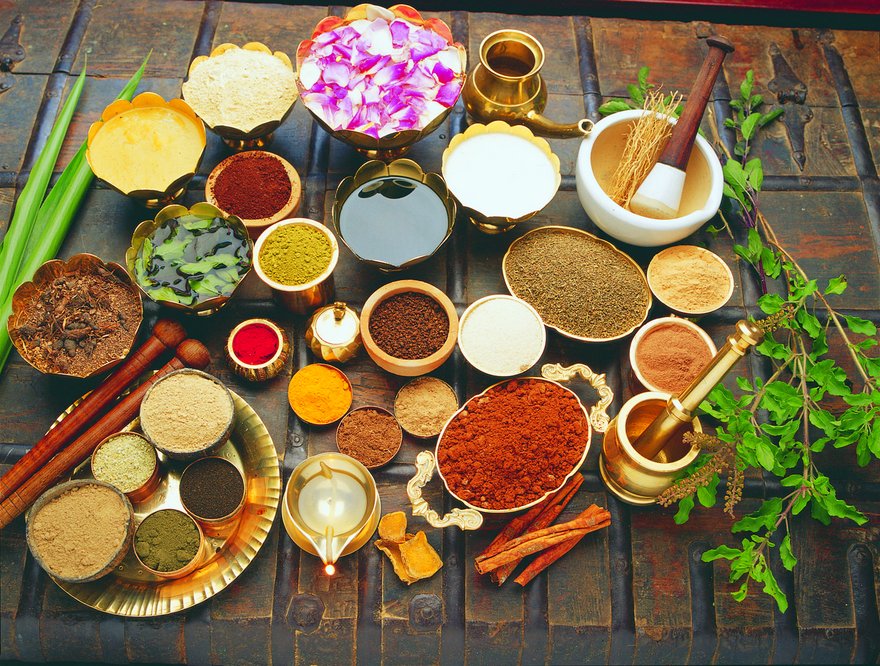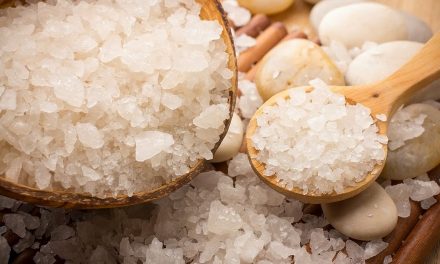While the concept of reduction in particle size of metals is prevailing since Charak Samhita, the oldest classical text in ayurveda, the recent studies at the department of Rasa Shashtra, Faculty of Ayurveda, Banaras Hindu University, has claimed the herbo-mineral formulations of ayurveda constituting ‘bhasma’ to be equivalent and in tune with nanotechnology witnessing production of nanoparticles in contemporary era.
Are ayurvedic ‘bhasmas’ the most ancient applications of nano-medicine that has immense potential to cure ailments?
The reports of the studies have not only been published in the Journal of Scientific and Industrial Research (December 2010), but Journal of Biomedical Nanotechnology, a reputed journal in the field of nanotechnology published from the US has also given place to the study in its current February issue.
[wp_ad_camp_1]
Similarly, the paper also attracted international attention during the three-day international symposium on the safe use of nanomaterials and workshop on nanomaterial safety, status, procedure, policy and ethical concerns, organised by Indian Institute of Toxicological Research, Lucknow.
“The studies have confirmed that Bhasmas, which are unique Ayurvedic metallic/mineral preparations are biologically produced nanoparticles (NPs) prescribed with several other medicines of ayurveda,” said associate professor, department of Rasa Shastra, Anand Chaudhary. Though, herbo-mineral formulations (bhasmas of metals and minerals) are used since seventh century, it was only assumed that these medicines have superior level of efficacy in comparison to other ayurvedic dosage forms.
Now, studies have also established that manufacturing methods of Bhasma are in tune of nanotechnology of modern era and bhasmas are nearer to nanocrystalline materials, similar in physico-chemical properties,” he added.
It may be mentioned here that Chaudhary, along with Prasanta Kumar Sarkar of department of Rasa Shashtra, JB Roy State Ayurvedic College, Kolkata have come up with research paper on ayurvedic bhasma after a number of studies in the subject for the past two years. Also,Neetu Singh, research scholar, department of Rasa Shashtra, is also working on the potential of ‘lauha bhasma’ (Bhasma containing traces of iron) in therapeutics, using nanomedicine.
All ‘bhasmas’ have some common properties like ‘rasayana’ (immuno-modulation and anti-aging quality) and ‘yogavahi’ (ability of drug carry and targeted drug delivery). These are prescribed in very minute dose (15 to 250 mg/day) and if prepared properly they are readily absorbable, adaptable and assimilate in the body without being toxic. “These attributes of bhasmas are comparable with the action of NPs in the body which are also biodegradable, biocompatible and non-antigenic in nature,” Chaudhary said while comparing their properties.










Excellent information on our ancient medical science. Need popularization of these medicines. Since they unlike alopathy not only prevent but also cure diseases. Stops recurrence.
very good
It’s nice to read so much about Ayd . The concept of bhasma though is very efficient but grt care needs to be taken during the manufacturing process . Since the people are not honest so it has given very bad reputation to one of the best and most scientific medicines. .. rasayana / ras shastra
Since the body is panch bhautik , so treating the metal with various quathas , swaras and agani is to ensure the proper balance of all 5 elements and by grinding it gains akash tattva .The mardanam I feel can not be replaced by mechanical grinding . It has to be done by dedicated people and thus the medicine receive the subtle energies of the universe also which heal with efficacy .
I am very interested in Ayurveda medicine..Though I practice Homoeopathy..